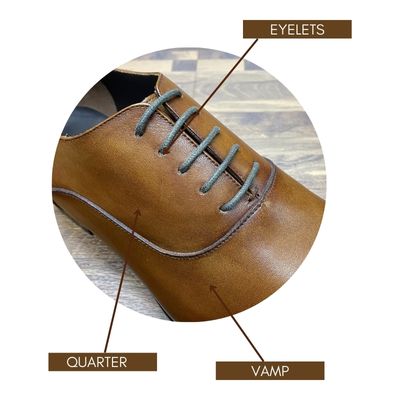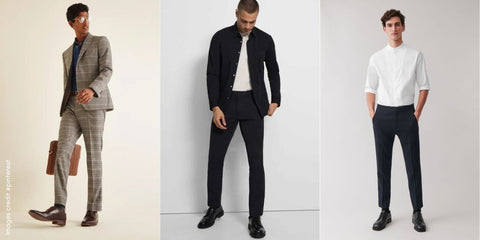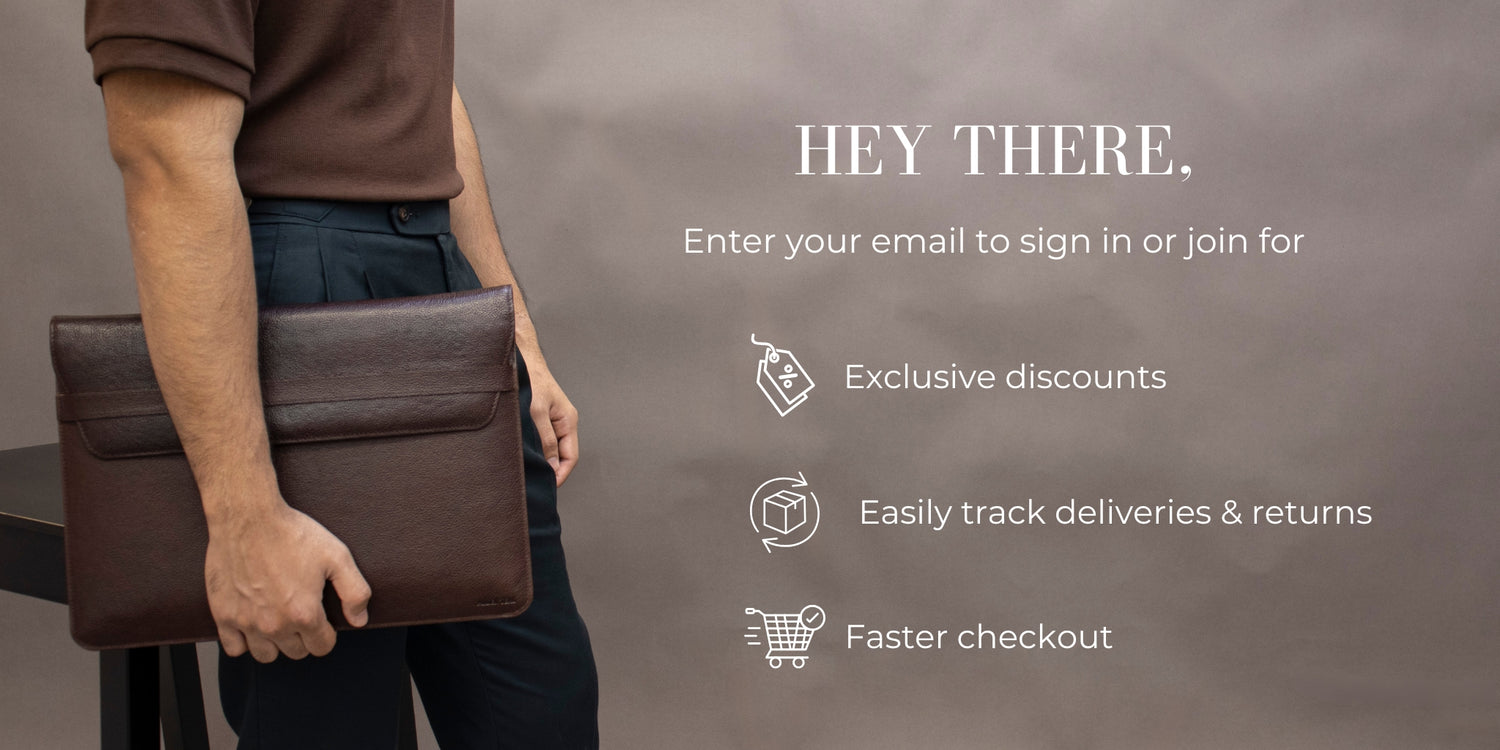What's the difference between Oxford and Derby shoes?
In this article, we will uncover the mystery of the difference between Oxford and Derby shoes. But first, let's find out what inspired the creation of these footwear designs.
The history of Oxford shoes come from two conflicting accounts.
One says that the style originated as a boot in the 1600s at Balmoral Castle in Scotland. It became the preferred footwear at court and underwent many changes over the centuries.
Another tells us that students at Oxford University were tired of the restrictive, knee high boots popular in the early 1800s. As a result of their rebellion, the Oxonian half-boot was born. Narrow slits along the sides of the boots made them more comfortable to wear, and with passing time, the slit became a side lacing system, which then migrated to the instep. The heel and boot’s height were lowered until it eventually settled into the form we know today.
Like Oxfords, Derby shoes also share a pretty confusing history.
First, we have the story that they were originally constructed in the 19th century to be a gentlemen’s hunting shoe. Sturdy and comfortable, to get them through long treks in wet and sometimes rough conditions.
Then there’s the story that Derbys were inspired by Prussian Field Marshal Gebhard Leberecht von Blücher, during the Napoleonic wars. He wanted his troops out of their cumbersome boots and in something more comfortable to trudge around in.
The new design was ankle high, had a tongue and an open lacing system. It was easy to put on and take off, and much lighter than what the troops were used to. Known as the “Blucher,” this innovation inspired what we know as the Derby.
THE LACING SYSTEM
The main difference between an Oxford and a Derby lies in the laces. Oxfords feature a closed lacing system in which the quarters, the side tabs where the shoelace eyelets are punctured, are sewn under the front part of the shoe, known as the vamp.

Unlike an Oxford, the Derby shoe has open lacing meaning that quarters are stitched on top of the vamp. The looser lacing system allows for more freedom of movement.

There are many variations of the Oxford today, but all are considered to be higher up on the formality scale. The level of formality will be determined by the colour and the details added to the shoe. For example, the thin line of stitching across the toe box, a cap-toe Oxford is always appropriate for business. But, adding broguing to Oxfords will make them more casual. Broguing, an embellished design created with small, punched holes on the upper, and sometimes with a medallion on the toe box, is considered to be less formal. The more embellishments, such as a wingtip or full brogue, the more casual the shoe.
The most formal variation is the wholecut, made with one piece of leather with no visual seams and absolutely no detailing. Just the handsome leather which is allowed to shine on its own.

Derby shoes allow people with wider feet to fit better as the lacing pieces allow more room for proper tightening. When lacing Derby shoes there is more margin to fasten or loosen the lacing. This is one of the reasons why Derby shoes are a more standard and slightly more versatile choice. Since Derbys are considered to be informal, they work equally well with jeans, casual trousers and suits. Of course, similar to Oxfords above, the more ornamentation - such as broguing - the more casual the shoe becomes.
We hope we’ve helped you determine if you’re more of an Oxford or Derby man. We are certain that with the information you’ve gathered, you might appreciate what each style has to offer and see how both can fit seamlessly in your urban lifestyle choices.


